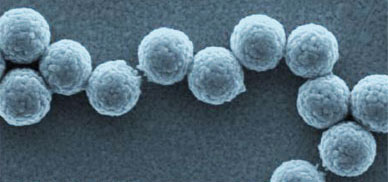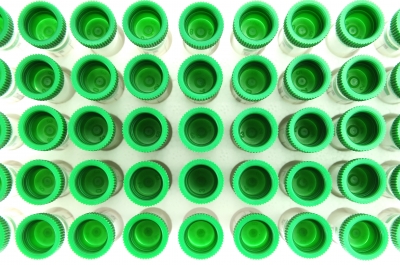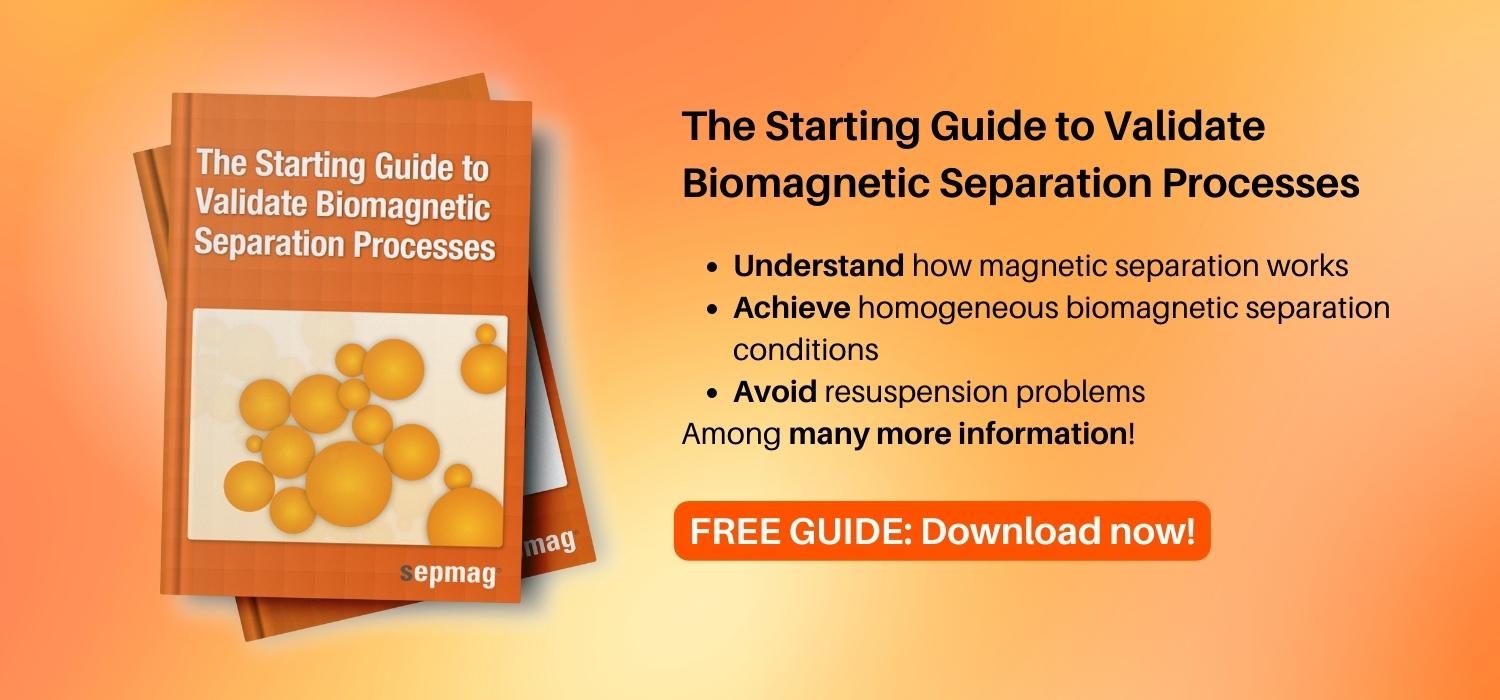Magnetic beads are used by many biotech companies, typically for in vitro diagnostic applications and magnetic bead separation. Because these beads are so widely used, it is very important that every aliquot of every batch has exactly the same properties.

This post is about magnetic bead separation and how to validate this process. If you are interested in this topic, and are willing to learn more about it, download our Free Guide The Starting Guide to Validate Biomagnetic Separation Processes:
What can we do to avoid variability?
One way to avoid variability is to make sure that the properties of the raw materials themselves are controlled from batch to batch. Scientists take great pains to make sure that the properties, for example, of the magnetic beads, the antibodies and the buffers are standardized and well defined.
 The magnetic separation process itself should be controlled such that all of the beads behave exactly the same when the magnetic force is applied. If the beads do not behave in a uniform manner, the biomagnetic separation step can lead to a non-homogeneous final product. This non-homogeneity can lead to either an irreversible aggregation of material and/or costly loss of material.
The magnetic separation process itself should be controlled such that all of the beads behave exactly the same when the magnetic force is applied. If the beads do not behave in a uniform manner, the biomagnetic separation step can lead to a non-homogeneous final product. This non-homogeneity can lead to either an irreversible aggregation of material and/or costly loss of material.
If the beads are too close to the magnets, the beads are subjected to high levels of magnetic force over a long period of time causing aggregated beads and the inability to resuspend the material. On the other hand, if the beads are farther from the magnets, they experience very low levels of magnetic force making it difficult to pull the beads into the desired force regime. In the former case, the batch suffers mainly from quality of product issues and in the latter case, the batch suffers mainly from loss of material. Both cases cause a loss of time and energy as scientists attempt to recover material.
Homogeneous magnetic bead separation: the ultimate solution
For optimal reproducibility, biomagnetic separation conditions should be homogenous over the entire batch volume. A homogeneous biomagnetic separation system such as Sepmag generates a magnetic field profile that provides homogenous magnetic force across the entire batch volume. Beads no longer experience variable magnetic fields depending on their distance from the magnet. This type of a system creates well defined bead behavior that then leads to optimal yield and reliable reproducibility.
If you found this article interesting and want to get a deeper insight in the topic of magnetic bead separation, make sure to check these articles from our blog:






